Introduction
Crude oil is the lifeblood of the global economy, fueling industries, transportation, and electricity generation while influencing inflation, trade balances, and geopolitical stability. As one of the most traded commodities, its price fluctuations ripple across markets—impacting everything from gas prices to corporate earnings. With Crude Oil Price Target 2025 approaching, investors, businesses, and consumers are keenly watching oil price forecasts to make informed decisions. Will prices surge due to supply constraints and rising demand, or will recession fears and the energy transition push them lower?
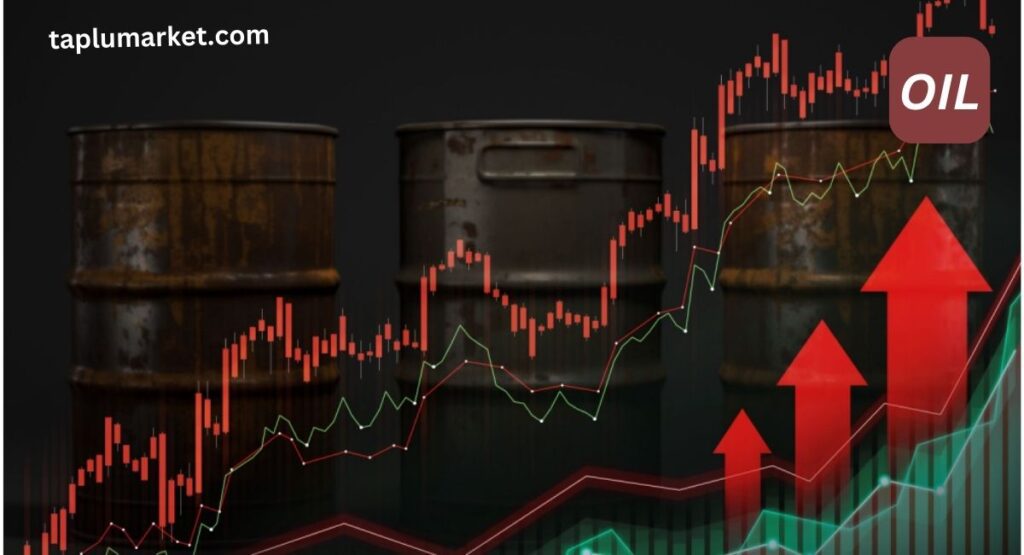
Recent volatility has kept markets on edge—OPEC+ production cuts, slowing economic growth in key regions, and geopolitical tensions (like the Middle East conflicts and Russia’s oil export strategies) have all contributed to unpredictable swings. For traders, these shifts present both risks and opportunities, while businesses must adapt to potential cost pressures. Consumers, meanwhile, feel the impact at the pump and in household budgets.
In this article, we’ll break down expert Crude Oil Price Target 2025, analyzing the key drivers—from OPEC policies and U.S. shale output to renewable energy adoption and global demand trends. Whether you’re an investor hedging positions, a company managing fuel costs, or simply planning ahead, understanding these forecasts could be crucial for navigating the year ahead.
Current State of Crude Oil Prices (2023-2024)
Crude oil prices have experienced significant volatility over the past two years, shaped by shifting supply-demand dynamics, geopolitical tensions, and macroeconomic uncertainty. Brent crude, the global benchmark, has fluctuated between 70and70and95 per barrel, while WTI (West Texas Intermediate) has mirrored these trends, often trading at a slight discount.
(Read exclusive investment updates on TapluMarket.com)

Key Events Impacting Prices
- OPEC+ Production Cuts – Saudi Arabia and Russia-led supply reductions tightened markets, pushing prices upward in late 2023.
- Recession Fears – Concerns over slowing growth in the U.S. and Europe dampened demand expectations.
- Green Energy Shifts – Rising EV adoption and renewable energy investments pressured long-term oil demand outlooks.
- Geopolitical Tensions – Middle East conflicts (Israel-Hamas war, Red Sea disruptions) and Russia’s oil sanctions added supply risks.
Crude Oil Price Forecast for 2025
Analysts remain divided on where oil prices will land in 2025, with projections varying based on supply, demand, and macroeconomic factors. Below is a breakdown of bullish, bearish, and consensus forecasts:
(Read exclusive investment updates on TapluMarket.com)
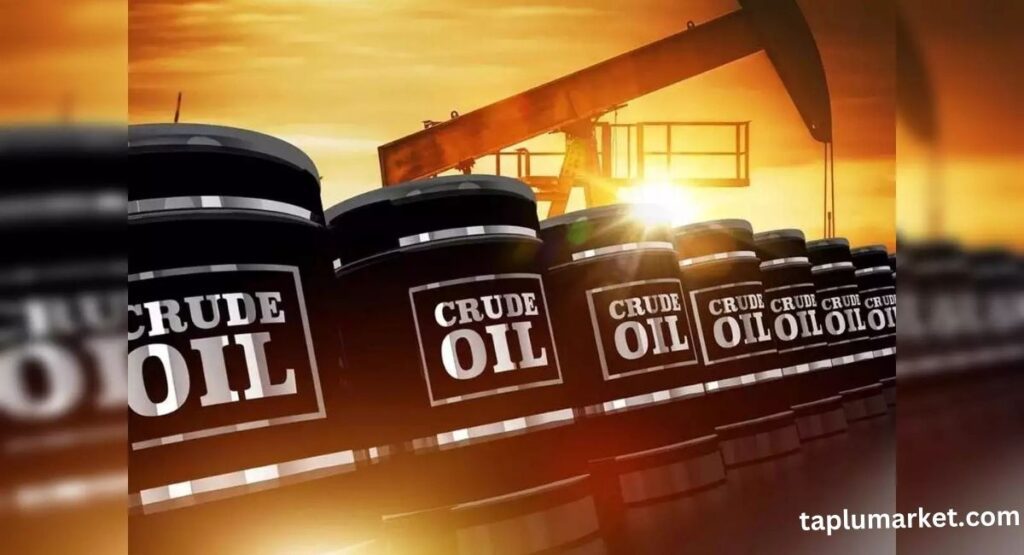
📈 Bullish Scenario (Higher Prices – $90+ per Barrel)
- Supply Constraints: OPEC+ maintains production cuts, while underinvestment in new oil projects limits output growth.
- Asian Demand Surge: China’s economic recovery and India’s rising fuel consumption drive global demand.
- Geopolitical Risks: Escalating Middle East tensions or further Russian supply disruptions could trigger price spikes.
📉 Bearish Scenario (Lower Prices – Below $70 per Barrel)
- Global Recession: A prolonged economic downturn reduces oil consumption.
- Energy Transition Accelerates: Faster-than-expected EV adoption and renewable energy growth cut fossil fuel reliance.
- U.S. Shale Boom: Increased drilling activity boosts supply, offsetting OPEC+ cuts.
🔍 Median Expert Predictions for 2025
| Source | Brent Crude Forecast (2025) | Key Factors |
|---|---|---|
| U.S. Energy Information Administration (EIA) | 80−80−85 | Balanced market, moderate demand growth |
| Goldman Sachs | 90−90−100 | Supply deficits, strong emerging market demand |
| International Energy Agency (IEA) | 75−75−80 | Slower demand, higher renewables adoption |
| Morgan Stanley | 85−85−90 | Geopolitical risks, limited spare capacity |
Key Factors Influencing 2025 Oil Prices
The crude oil price target for 2025 will be shaped by a complex interplay of supply, demand, geopolitics, and macroeconomic forces. Understanding these factors can help investors, businesses, and consumers anticipate market shifts.
(Read exclusive investment updates on TapluMarket.com)
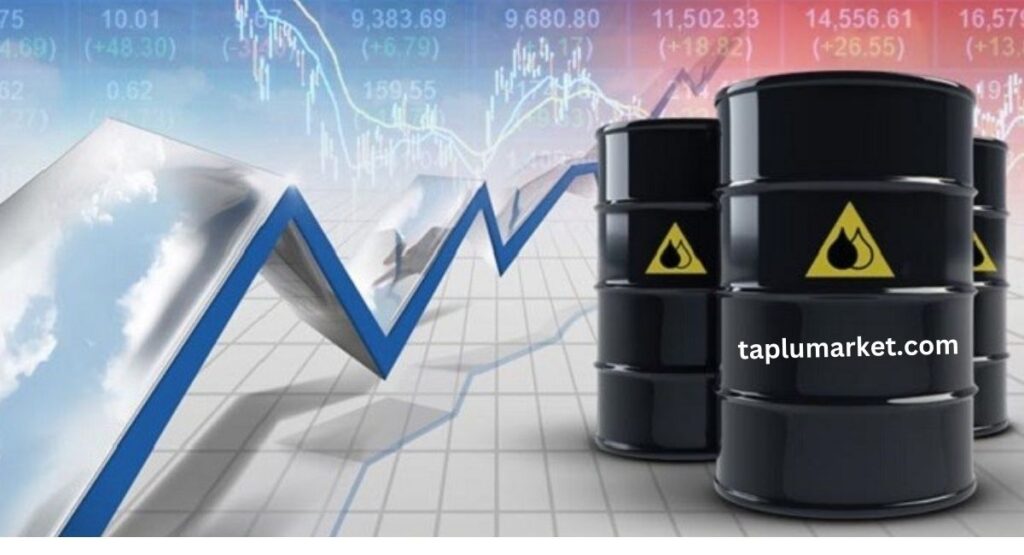
⚙️ Supply-Side Factors
- OPEC+ Production Decisions
- The cartel’s supply cuts (or increases) will remain a dominant price driver.
- Saudi Arabia and Russia’s cooperation (or conflict) could tighten or flood the market.
- U.S. Shale Oil Output
- American drillers are key swing producers—higher rig counts could cap price rallies.
- Biden administration policies (leasing restrictions vs. election-year incentives) may impact output.
- Non-OPEC Production Growth
- Brazil (pre-salt basins), Canada (oil sands), and Guyana (Exxon’s mega-discoveries) are offsetting OPEC+ cuts.
📈 Demand-Side Factors
- Global Economic Growth
- IMF projects 3.1% GDP growth in 2025—stronger growth = higher oil demand.
- Recession in Europe or China could suppress consumption.
- EV Adoption & Energy Transition
- IEA predicts EVs will displace 5+ million barrels per day (bpd) by 2025.
- But emerging markets (India, SE Asia) still rely heavily on fossil fuels.
🌍 Geopolitical Risks
| Risk Factor | Potential Price Impact |
|---|---|
| Middle East conflicts (Iran-Israel tensions) | Supply disruptions → $100+ oil |
| Russia sanctions evasion | More volatility in Urals pricing |
| Venezuela sanctions relief | Extra 500k bpd supply if eased |
💵 Macroeconomic Trends
- Stronger USD = Cheaper oil (denominated in dollars)
- Fed rate cuts = Could stimulate demand → higher prices
- Inflation = Raises drilling costs → supports floor prices
🔮 Long-Term Trends Beyond 2025
(Read exclusive investment updates on TapluMarket.com)
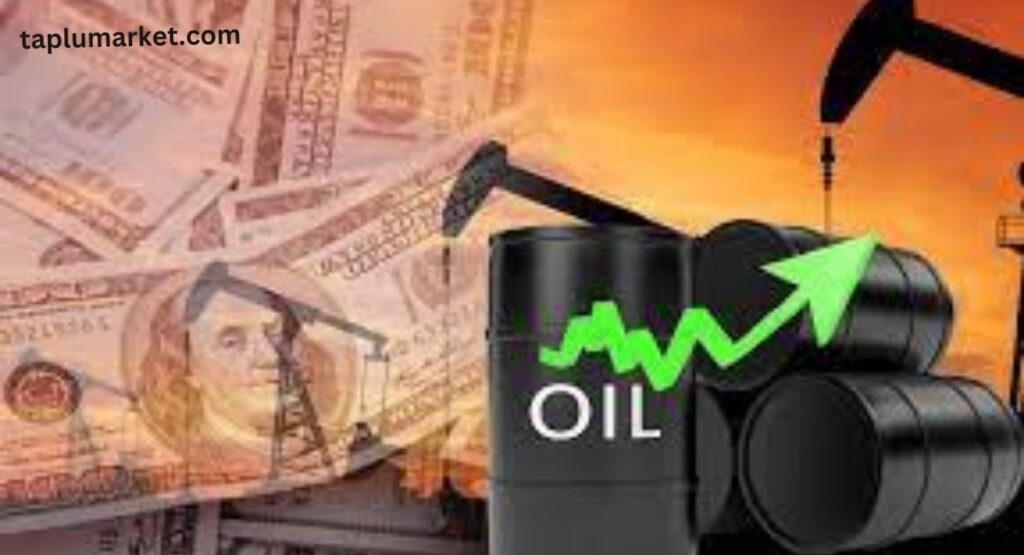
- Net Zero Policies
- Bans on gas vehicles (EU 2035, California 2035) will accelerate demand destruction.
- Tech Breakthroughs
- AI-driven drilling efficiency vs. battery storage disrupting fossil fuels.
- Government Interventions
- US tapping SPR (Strategic Petroleum Reserve) to calm prices.
🛡️ How to Prepare for Oil Volatility
For Investors
- ETFs: USO(WTI),USO(WTI),BNO (Brent)
- Stocks: Exxon (XOM),Chevron(XOM),Chevron(CVX)
- Hedging: Options on futures contracts
For Businesses
- Lock in prices with fuel hedging contracts
- Invest in energy efficiency (e.g., fleet electrification)
For Consumers
- Use gas price apps (GasBuddy) to find cheapest stations
- Consider hybrid vehicles if EV infrastructure lags
🎯 Key Takeaways
- 2025 oil prices will hinge on OPEC vs. shale battle, China’s recovery, and Fed policy
- 75−75−95 range likely, but black swan events could cause wild swings
- Action Step: Monitor EIA reports + OPEC meetings for early signals
Conclusion:
As we look ahead to Crude Oil Price Target 2025, the market remains a tug-of-war between bullish and bearish forces. On one hand, supply constraints from OPEC+, rising Asian demand, and geopolitical risks could drive prices toward 90−90−100 per barrel. On the other, economic slowdowns, U.S. shale resilience, and the energy transition may keep prices subdued near 70−70−80.
While analysts like the EIA and Goldman Sachs provide educated forecasts, oil’s inherent volatility means surprises are inevitable. The key for investors, businesses, and consumers? Stay agile—track OPEC+ decisions, U.S. inventory reports, and global demand shifts for real-time clues.
🚀 Your Next Step: Bookmark the IEA’s monthly oil reports and set alerts for OPEC meetings—these will be critical in refining your 2025 outlook. Whether you’re trading energy stocks, managing logistics costs, or just budgeting for gas, staying informed will help you turn oil market uncertainty into opportunity.
Disclaimer:
The advice or opinions given on Taplumarket are the personal views of the expert, the brokerage firm, the website or management is not responsible for it. Before investing, please consult your financial advisor or certified expert.
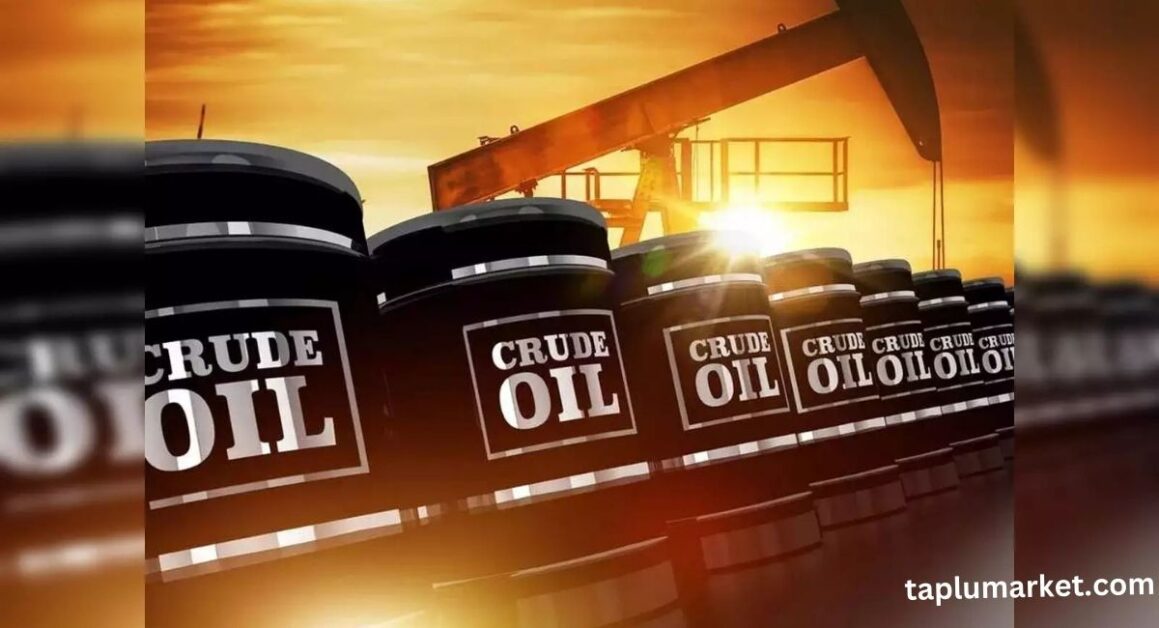






1 thought on “Crude Oil Price Target 2025”